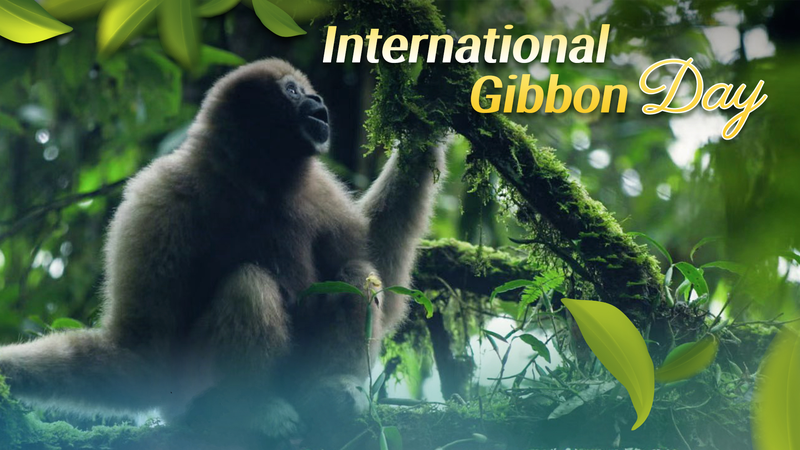As dawn breaks over the mist-shrouded forests of southern China, a haunting melody echoes through the canopy – the territorial call of the Hainan gibbon, one of the world's rarest primates. October 24 marks International Gibbon Day, spotlighting these acrobatic apes whose survival serves as a critical barometer for tropical forest health.
China's conservation efforts have seen gibbon populations stabilize in protected zones like Yunnan's Gaoligong Mountains, where infrared cameras now capture rare moments of family groups swinging through ancient trees. Scientists credit expanded nature reserves and community-led patrols for reducing habitat loss, while DNA tracking helps monitor genetic diversity.
"Their songs tell us about forest connectivity," explains primatologist Dr. Li Wei. "When gibbon calls grow more frequent across wider areas, we know ecosystems are regenerating." Recent successes include the discovery of new crested gibbon groups along the Nu River, though challenges persist from climate shifts and infrastructure projects.
The story of China's gibbons resonates beyond conservation circles. For investors, their protection signals growing opportunities in sustainable ecotourism. For policymakers, it demonstrates balancing development with biodiversity mandates under China's ecological civilization framework. As global attention turns to COP28 climate talks, these arboreal ambassadors remind us that forest preservation remains key to planetary health.
Reference(s):
cgtn.com








